Why is Anybody Still Using Disposable Alkaline Batteries in 2017?
Admittedly I'm a strange guy who gets mad about different things than most, but with good reason. Planned obsolescence? Smartphones with non-user serviceable batteries? Selling hotdogs in packages of ten and buns in packages of eight? Public infrastructure like bridges built from metals which corrode instead of stainless steel?
You best believe stuff like that makes me want to choke a bitch. But you know what makes me want to choke every bitch, forever? Disposable batteries. These things are still everywhere for some reason. Do people not know how energy intensive and polluting it is to manufacture a battery that you only use once?
Check out this shit I saw on the Duracell Facebook:
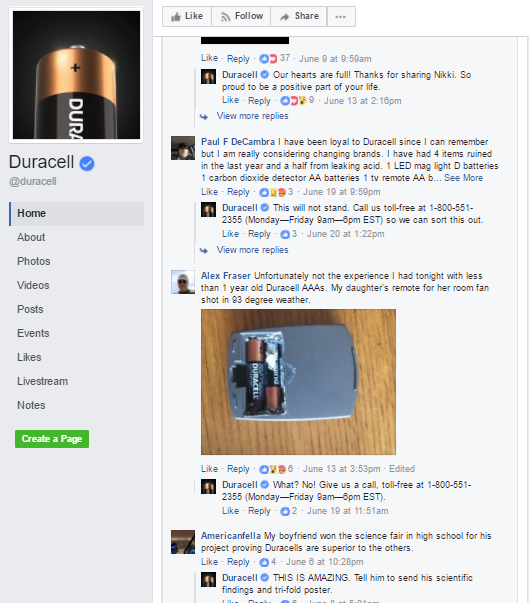
Look at the corporate shill acting all cutesy. Every other post is about old Duracell batteries leaking but they pretend it's a fluke every time and insist they will make it right. You know what you should make, Duracell? Something other than disposable alkaline batteries.
Now, I hear the naysayers. Don't think I don't hear you. You're saying "I tried some rechargeable AAs and they didn't last nearly as long". I believe you. But most rechargeable batteries intended to operate interchangeably with disposable alkalines are Nickel Metal Hydride (NiMH), and the earliest ones were Nickel Cadmium (NiCd). To discover the reason why these suck, let's use the D cell as a basis for comparison.
As you can see, the rechargeable NiMH version of the D-cell battery holds a pitifully small fraction of the energy as the disposable, single-use alkaline version. But how can that be? NiMH battery chemistry is more energy dense on paper. Maybe the answer can be found if we open up various brands of rechargeable D cell and look inside?
...Those dirty, rotten bastards.
Those crapweasels. Those snakes. Those charlatans.
Oh come on, really? Two AAs? At least the Eneloop had 4. F+, apply yourself. It would seem that major manufacturers of disposable batteries, who realize a much higher profit margin on disposables, do not want you using rechargeables.
They still make them, just to soak up the segment of the market unwilling to use anything else, but they keep them kind of crappy to drive consumers back to their disposable alkalines. The situation for rechargeable AAs is a little better:
There we go. This is more like what we should expect to see, though NiMH is still slightly less capacious and the main reason lithium doesn't blow alkaline away harder is because lithium AAs require a tiny integrated Buck converter to turn 3.7 volts into the 1.5 that devices which use alkalines are designed to 'expect'. This incurs some conversion losses.
But do we really have to put up with this? The tyranny of bloated, wasteful battery giants gently nudging us towards disposables with no concern for the environmental impact, just because they can sell replacements much more rapidly than a battery that consumers can recharge hundreds of times?
No. I say no to this roasted dog shit. There's always a better way. In this case, it's the lithium 18650:
You'll have to fork out for all new devices designed to use 18650s of course. There exist flashlights, head lamps, bike lights, vapes, laser pointers, fans, phone chargers and all manner of other gizmos which are designed from the ground up to use 18650 batteries.
Why go to this trouble and expense? Let's compare the specs of a single Sanyo NCR18650GA lithium ion cell to an alkaline D cell battery.
3450mah at 3.7 volts equals 12.7 watt hours. That compares extremely favorably to the 2.6 watt hour alkaline AA, though less favorably to the 18-27 watt hours of various brands of alkaline D cell.
It is however smaller, lighter, can be recharged many hundreds of times, charges much more quickly than a NiMH battery and is less polluting to manufacture because lithium is a soft, sticky metal that can be hydraulically extruded rather than smelted.
It is also massive overkill for the types of applications typically powered with alkaline AAs. LED flashlights for example, or the cooling fan I talked about in a past article. They last almost unbelievably long. Right about when you start to say to yourself There's just no fuckin way it can still be going", that's when it finally runs out.
They also supply the tremendous power density (how much current you can pull from them and how quickly without damaging the cell) necessary to drive energy hungry applications that couldn't be done with alkaline, like vapes, tazers, flashlights so bright they can burn through paper, laser pointers powerful enough to cut thin plastic and pop balloons, you get the idea.
"But I have way too much shit that uses AAs" I hear you saying. "There is no way I am selling it off to buy all new shit just to use a better battery." I got you fam.
These days, actual rechargeable lithium AAs exist. Not like the "lithium" Energizer AAs which merely used lithium as a cathode material, these are true rechargeable li-ion cells. As stated earlier, an integrated Buck converter steps down the normal 3.7 voltage of the lithium cell to the 1.5 volts typical of alkalines.
This actually makes them longer lasting than NiMH AAs which output 1.2 volts, as many devices that use AAs still misinterpret the lower nominal voltage of NiMH AAs as a sign that they're nearly empty.
Because of the conversion losses, the highest capacity rechargeable lithium AAs out there are around 3,000mah, so they are not that much better than Eneloop NiMH AAs in terms of capacity. (18650s don't have this problem because devices which use them are designed to accept 3.7 volts, so no conversion is necessary)
However they charge much faster, they are lighter, and they will have more overall charge/discharge cycles. They also fare about as well as LSD (Low Self Discharge) NiMH AAs do in terms of holding their charge while sitting unused for long periods. They do require their own special charger however, so you basically have to quit NiMH AAs cold turkey and switch over to the lithium ones all at once, or it gets confusing.
But I digress. which 18650s do I recommend? Sadly there is a lot of fraud in the 18650 market too, with bullshitters like Ultrafire (aptly named I might add) offering 18650s with impossibly huge energy densities like 5,000 to 8,000mah. Like the NiMH D-cells earlier, if you open these up there's just a smaller battery inside with a tiny fraction of the advertised capacity.
Stick to brands like Panasonic, Sanyo, Samsung, LG and Sony. Those are the only names I trust for 18650s. The absolute highest capacity 18650 being sold today is the Sanyo NCR18650GA, which is cherry red and vaguely resembles a shotgun shell:
These offer up to a whopping 3,500mah per cell, aka 3.5 amp hours. They are somewhat expensive however, at around $9 per cell. A cheaper but still extremely good choice is the Panasonic NCR18650B, which is lime green with distinctive black markings: At +/- $7 per cell, if you're building an ebike battery pack or a DIY power wall with loads of cells in it, the savings add up quickly. The NCR18650B offers up to 3,400mah or 3.4 amp hours of capacity, just a tiny step down from the NCR18650GA. Whether you're willing to pay $2 more per cell for the absolute best is up to you. Anyways whichever brand you pick, be sure to check the seller rating and the reviews. Ignore any that look like astro turfing, look for detailed and thoughtful reviews by people you can be relatively sure aren't paid shills. If it all checks out, buy yourself some 18650s and stuff to put them in. Also be sure to get bare cells, some of them have an integrated charge protection circuit soldered to one end that makes them slightly too long for most devices designed to use them. Here's some further explanation of the difference and what to look for. If you go "all in" with 18650s, you won't be disappointed, and your personal electronics will be doing shit you never imagined possible. Really intense high drain stuff, and for longer than you've ever seen a device run on a set of batteries. You don't even need to lose the convenience of swapping out dead batteries for fresh ones if you buy a spare set and charge the empties while you're using the full ones. If you mean to charge batteries from a solar panel, lithiums accept a charge much faster than NiMH. This means even if you can supply a set of NiMH AAs all the current they can handle, they will still take like eight fucking hours to fill up, whereas a lithium battery takes between 1 and 4 depending on the charger and how long you want their overall life cycle to be. Lithium has no "memory effect" like Ni-Cad did. It can be almost totally discharged without prematurely killing the cell, unlike lead acid. It's lighter and more energy dense (as well as power dense) than NiMH, and charges much faster. People are always saying we need better batteries for electric cars. Do we really? The lime green Panasonic NCR18650B I showed you earlier is what Tesla battery packs are made with. Tesla has proven that battery technology is not the problem. You absolutely can cram enough lithium batteries into an electric car to achieve an excellent, useful range of well over 200 miles. The reason most electric cars barely do 100 miles isn't because of shortcomings of lithium battery technology. They don't even put as much battery mass into those cars as they could fit. This is because lithium batteries (and batteries in general) are still pretty expensive. It's the cost that's the bottleneck here, not the technology. But you don't need to drop $60,000+ to bring home the power of lithium-ion 18650 batteries. You can put that technology to work for you in your every day devices any time you wish. Stop being coerced into using shitty, archaic battery chemistries from a century ago! Start upgrading your devices to use lithium-ion 18650s! But wait...what about the new Tesla 2170 cells that the gigafactory is now starting to manufacture? That's a topic for another article. :^)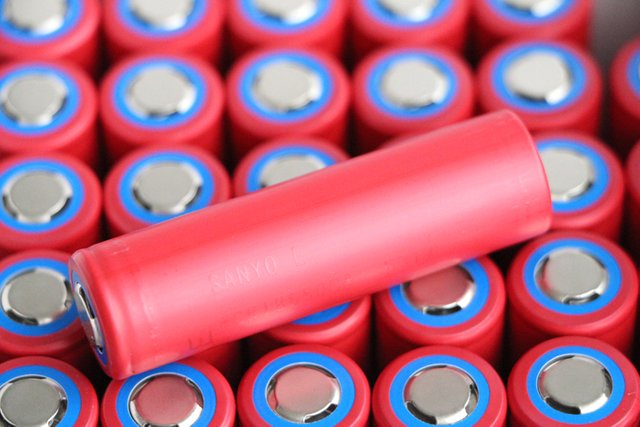
source
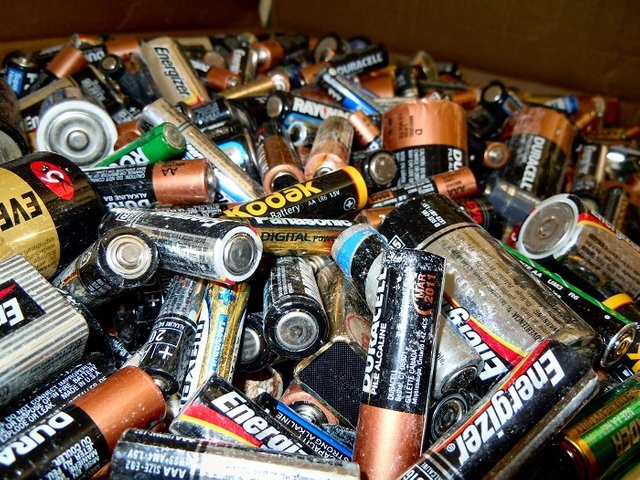
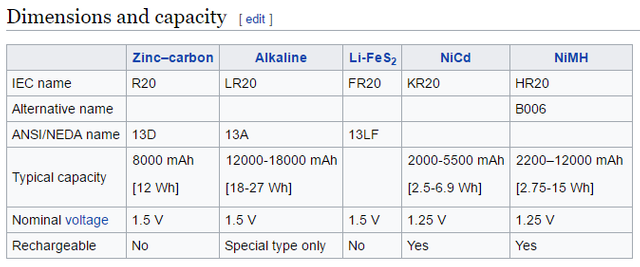
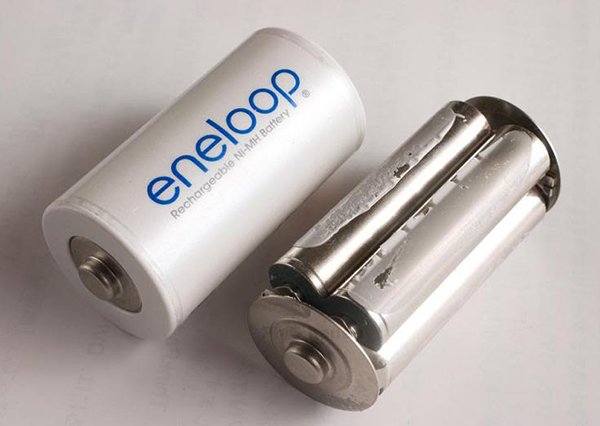
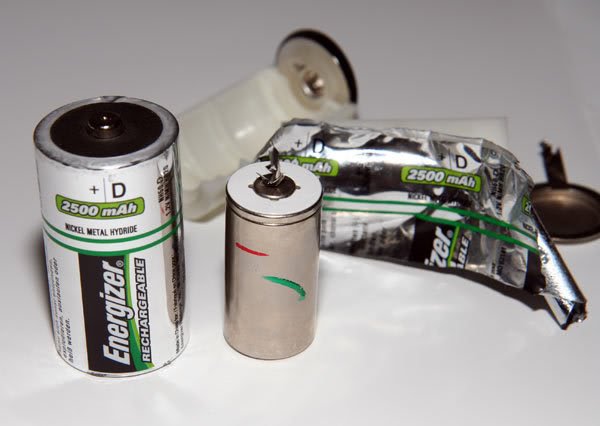
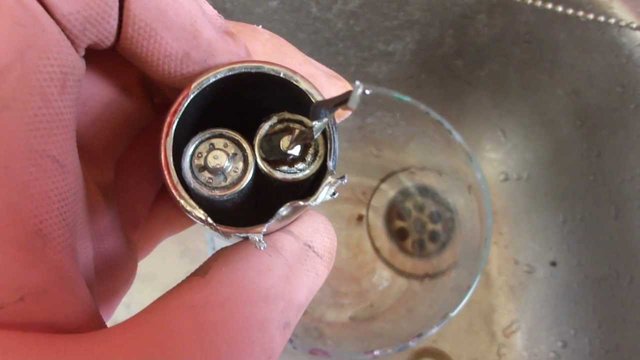
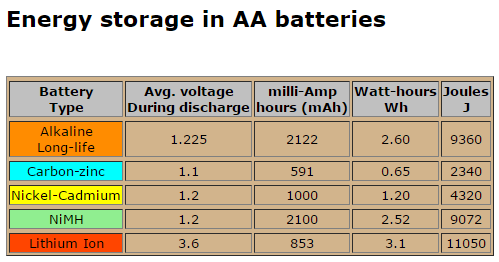
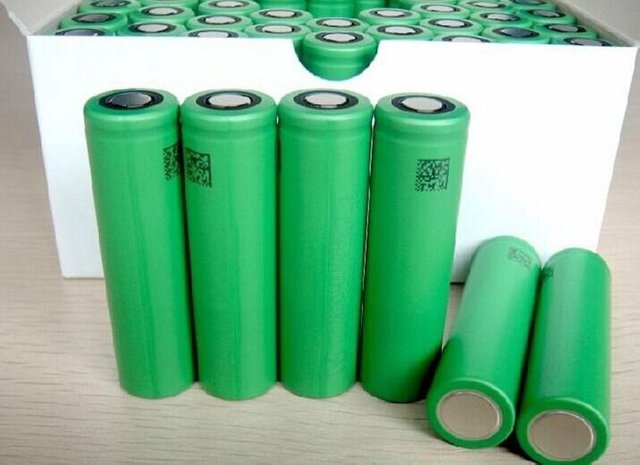
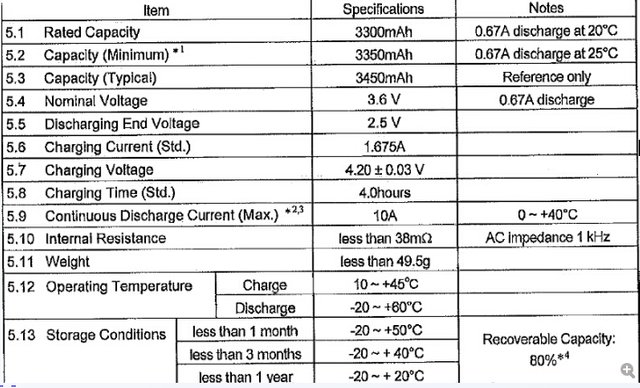
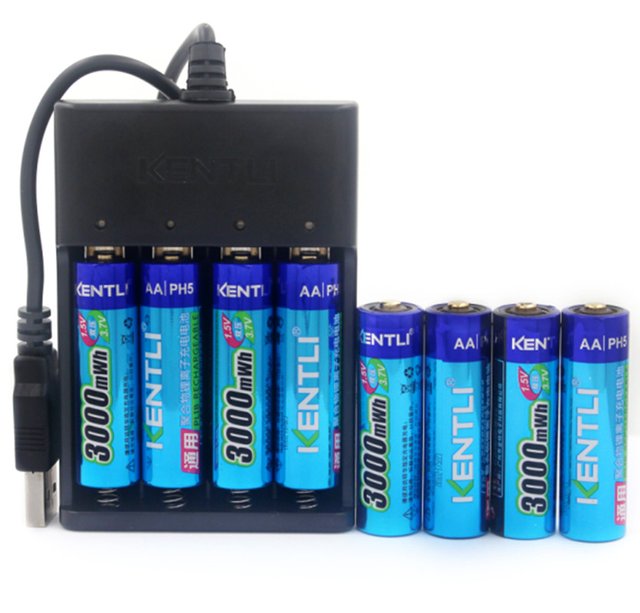
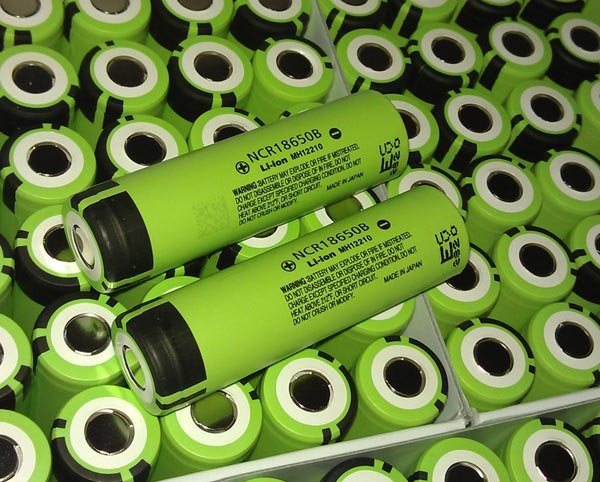
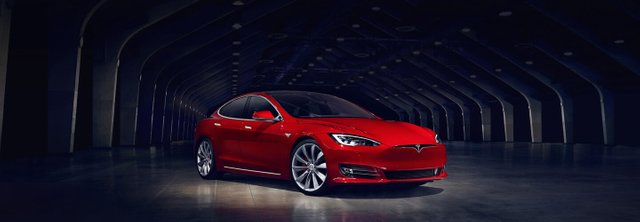

Those Tesla 2170 cells are sweet :)
That was the most entertaining and informative rant I've read all day, hehe. Thanks for sharing, great info!
Another interesting article thanks @alexbeyman. I look forward to your future article on the Gigafactory :)
Totally agree(those old batteries will be a thing of the past,very soon).
I agree, very good post. Although your expression "choke a bitch" stunned me.....there's got to be a better less offensive expression
I'm just being silly. No offense intended.
I know you well enough to know that you wouldn't intend offense actually :-), but really that expression is terrible!!
valuable info
Hello brother @alexbeyman. Although energy is different from sources or what is produced by placing it in batteries or otherwise for use such as telephones and some simple things that are committed to energy
I was amazed at how long I was following some science news about energy production in sources such as tree leaves
Follow u + :)
Will obviously look forward to Tesla 2170 cells article, and actually same question of my mind too but people with less knowledge gets attracted with marketing stunt probably that's the main reason.
https://ripitapart.com/2015/06/17/performance-analysisreview-of-kentli-ph5-li-ion-1-5v-aa-battery/
This analysis suggests the capacity is not all it is claimed for those Kentli Li+ AAs.
This is why, and it's an unavoidable problem with making 3.7 volt cells work in devices designed around 1.5 volt alkaline batteries. They still have the useful advantages of lighter weight, faster charging and apparently greater voltage stability.
18650s do not have this problem as they are used in devices designed around their native voltage.
I like the Panasonic NCR18650B suggestion. Keep going as you are, you will be very successful in Steem. Congrats :)